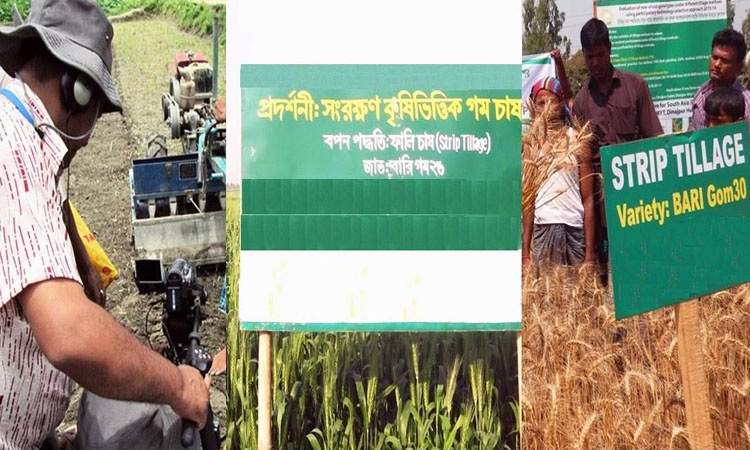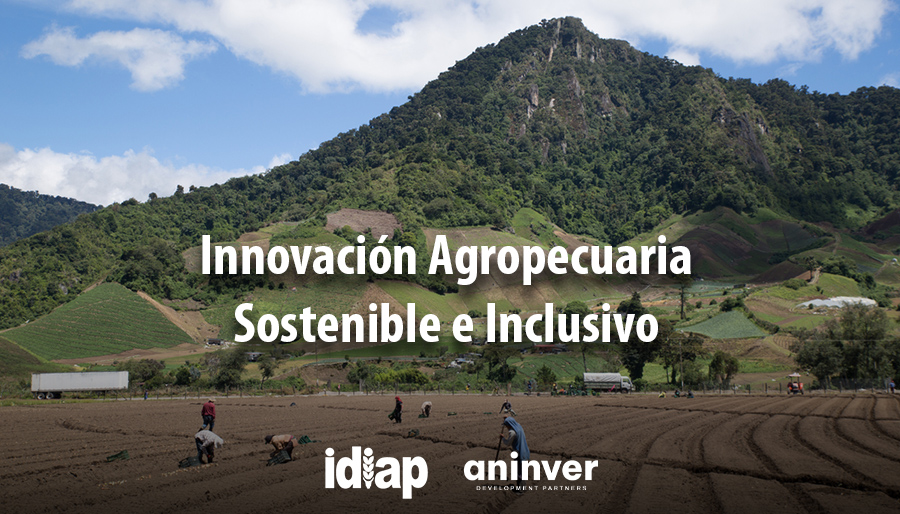Weld County irrigation canal overflows, floods roads, yards – Denver7

Incident Report: Irrigation Canal Overflow in Weld County, Colorado
Incident Summary
- Event: An irrigation canal overflowed following heavy precipitation, resulting in localized flooding.
- Date of Occurrence: Saturday, as reported by local sources.
- Location: Weld County, Colorado, specifically affecting the area near County Road 35 and Eagle Street, adjacent to Fort Lupton.
- Immediate Cause: The Weld County Office of Emergency Management identified heavy rainfall as the cause, which led to a rapid rise in water levels within the canal.
- Infrastructure Involved: The affected irrigation canal is owned and operated by the Farmers Reservoir and Irrigation Company.
Initial Impact Assessment
- Affected Population: Residents of at least nine properties have been directly impacted by the flooding of roads and yards.
- Property Damage: An official assessment of the monetary value of damages and the number of displaced individuals has not yet been released.
- Official Response: The Weld County Office of Emergency Management is managing the official response to the incident.
Analysis in the Context of Sustainable Development Goals (SDGs)
The flooding event in Weld County directly relates to several key United Nations Sustainable Development Goals, highlighting local challenges in achieving global sustainability and resilience targets.
SDG 11: Sustainable Cities and Communities
- The incident underscores the vulnerability of local communities to water-related disasters, directly challenging the objective of Target 11.5 to reduce the number of people affected by such events.
- It highlights a critical need for investment in resilient infrastructure and urban planning that can withstand the impacts of extreme weather to ensure safe and sustainable human settlements.
SDG 6: Clean Water and Sanitation
- This event points to potential weaknesses in integrated water resources management (Target 6.5), as the failure of the irrigation canal infrastructure led to negative community impacts.
- Protecting and restoring water-related ecosystems, including the managed systems of canals and reservoirs, is essential for mitigating flood risk and ensuring water security for all uses.
SDG 13: Climate Action
- The heavy rainfall cited as the cause is characteristic of the extreme weather events becoming more frequent and intense due to climate change.
- The incident serves as a clear example of the need to strengthen resilience and adaptive capacity to climate-related hazards and natural disasters at the local level, as called for in Target 13.1.
SDG 2: Zero Hunger
- The failure of an irrigation canal, a critical piece of agricultural infrastructure, directly threatens local food production systems.
- Ensuring the resilience of agricultural practices and their supporting infrastructure against shocks like flooding is fundamental to achieving sustainable food production and ending hunger (Target 2.4).
SDGs Addressed in the Article
SDG 11: Sustainable Cities and Communities
- The article discusses the flooding of “roads and yards” and the impact on “at least nine properties” near Fort Lupton. This directly relates to the safety and resilience of human settlements against disasters. The core issue is the community’s vulnerability to a water-related disaster, which is a key concern of SDG 11.
SDG 13: Climate Action
- The flooding was triggered by “heavy rain,” which is a climate-related hazard. SDG 13 focuses on strengthening resilience and adaptive capacity to such hazards. The event described in the article is an example of a natural disaster whose frequency and intensity can be exacerbated by climate change, highlighting the need for climate action and adaptation strategies at the local level.
SDG 6: Clean Water and Sanitation
- The overflow of an “irrigation canal” points to issues in water management infrastructure. SDG 6 addresses the management of water resources and ecosystems. The failure of the canal to contain the excess water from heavy rain relates to the need for resilient water infrastructure and integrated water resources management.
Specific SDG Targets Identified
Target 11.5: By 2030, significantly reduce the number of deaths and the number of people affected and substantially decrease the direct economic losses relative to global gross domestic product caused by disasters, including water-related disasters, with a focus on protecting the poor and people in vulnerable situations.
- The article directly refers to a water-related disaster (flooding) that has “impacted” properties and residents. It mentions the potential for people to be “displaced” and for property “damage,” which are the exact outcomes this target aims to reduce.
Target 13.1: Strengthen resilience and adaptive capacity to climate-related hazards and natural disasters in all countries.
- The event was caused by a “heavy amount of rain,” a climate-related hazard. The response by the “Weld County Office of Emergency Management” is a direct example of a local government’s disaster management system in action, which is a core component of building resilience and adaptive capacity as specified in this target.
Target 6.5: By 2030, implement integrated water resources management at all levels, including through transboundary cooperation as appropriate.
- The situation involves an irrigation canal owned by a private entity (“Farmers Reservoir and Irrigation Company”) and a response managed by a public agency (“The Weld County Office of Emergency Management”). This scenario underscores the need for integrated management between different stakeholders to effectively manage water resources and prevent such incidents.
Indicators Mentioned or Implied
Indicators for Target 11.5
- Number of people affected: This is implied when the article states “at least nine properties have been impacted” and raises the question of “if anyone has been displaced.” The number of affected and displaced persons is a direct measure for this target.
- Direct economic loss: This is implied by the mention of “damage” to “roads and yards” and properties. The article notes there is “no word on the amount of damage,” but the assessment of this damage would serve as a direct indicator of economic loss from the disaster.
Indicators for Target 13.1
- Local disaster risk reduction strategies: The existence and response of the “Weld County Office of Emergency Management” implies the presence of a local disaster risk reduction strategy. The agency’s role in “handling the response” is an indicator of such a strategy being implemented.
Indicators for Target 6.5
- Degree of integrated water resources management: The article does not provide a quantitative measure, but it describes a situation that calls for it. The interaction (or lack thereof, as the company “has not released a public statement”) between the private canal owner and the public emergency management office can be analyzed to assess the level of integrated management in the region.
SDGs, Targets, and Indicators Analysis
| SDGs | Targets | Indicators (Implied from the article) |
|---|---|---|
| SDG 11: Sustainable Cities and Communities | 11.5: Significantly reduce the number of people affected and economic losses from disasters. |
|
| SDG 13: Climate Action | 13.1: Strengthen resilience and adaptive capacity to climate-related hazards. |
|
| SDG 6: Clean Water and Sanitation | 6.5: Implement integrated water resources management. |
|
Source: denver7.com

What is Your Reaction?
 Like
0
Like
0
 Dislike
0
Dislike
0
 Love
0
Love
0
 Funny
0
Funny
0
 Angry
0
Angry
0
 Sad
0
Sad
0
 Wow
0
Wow
0



























;Resize=805#)



















































